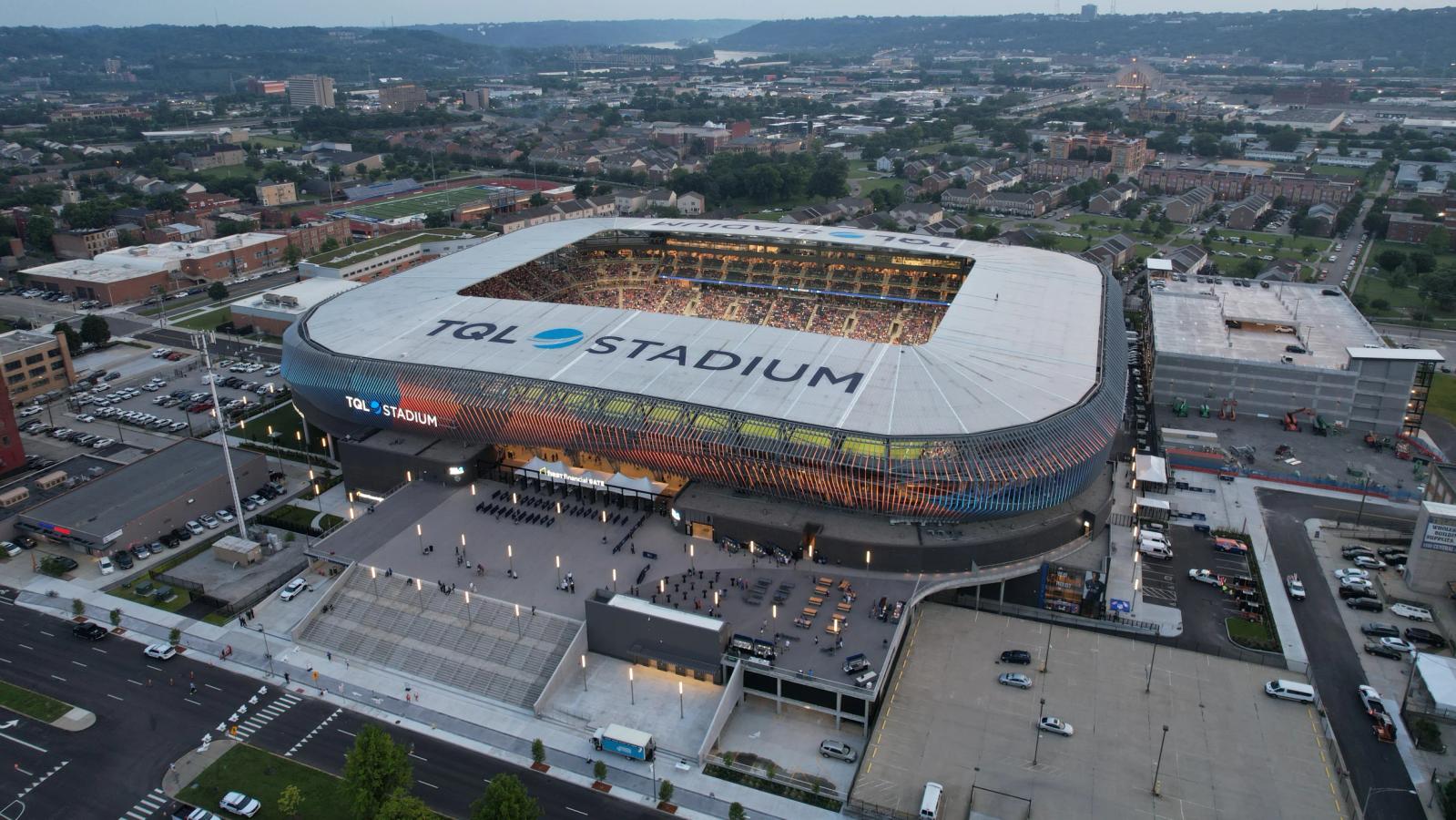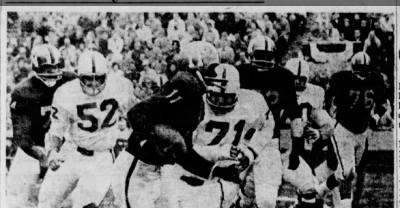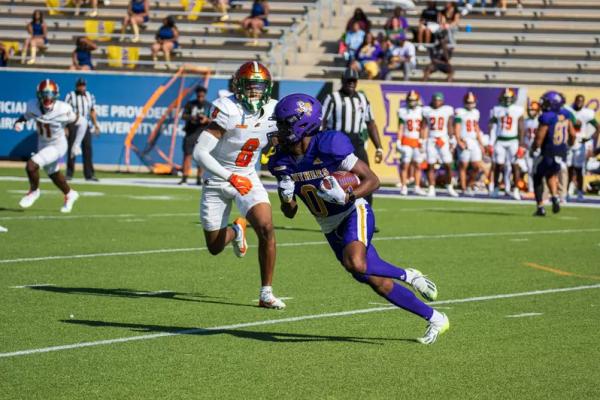•
Written By
Written By
•
•
•
Loading article...
Written By
Written By
Written By
Omar-Rashon Borja
Senior Writer, Editor, Historian
Written By
Omar-Rashon Borja
Senior Writer, Editor, Historian

It had been a while since this site discussed the proposed Cincinnati Chili Bowl. After months of deliberation, the NCAA vetoed the upstart bowl's bid for certification. It is likely that the bowl must wait for the end of the current six-year bowl cycle to end in 2025 for a better shot at certification.
However, the dream may not be over for the Chili Bowl. The bowl can reach an untapped market in the FCS. The FCS only has one bowl game, the Celebration Bowl between the SWAC and MEAC champions, serving as a defacto Black College Football National Championship.
In all, only 26 of the 128 programs in the FCS will play in the postseason, compared to the 84 teams in the 133-team FBS that attain the glory of postseason play. There is plenty of opportunity for programs left on the outside looking in.
Even though Ohio has only one FCS program, Cincinnati is in the footprint of several FCS programs in Kentucky, Tennessee, and Illinois. A bowl game pitting the best Ohio Valley Conference and United Athletic teams outside the FCS playoffs is feasible.
Last season, the resulting matchup would have been between 7-4 Austin Peay and 7-4 Tennessee-Martin. Both programs are a few hours away from Cincinnati, and the added opportunity for both programs to end the season on their own terms would have been attractive to both fanbases.
Another conference tie-in could be the Pioneer Football League, which has both Morehead State and Dayton in close proximity to Cincinnati. The opportunity to play in an FCS bowl game would be a prized consolation for Morehead State, who has never appeared in a postseason game at any level (if you do not count Pioneer Football League Championship Games).
A benefit of an FCS bowl game is the ability to precede the FBS bowl season. The CW, the proposed broadcast partner of the Chili Bowl, could schedule the game on the second Saturday of December, where the Army-Navy game is the only nationally televised game on network TV. The network can plan around the Service Academy classic and either preempt it or use the game as a nightcap.
A postseason FCS bowl is likely a pipe dream, but the most realistic option is a Week Zero HBCU kickoff game. Multiple HBCUs are within a driveable distance of Cincinnati, such as Central State, Tennessee State, Lane, Kentucky State, and West Virginia State.
A pairing with a national Division II HBCU brand like Tuskegee or Morehouse could bring solid ratings and fans. The Chili Bowl can invite Division I HBCU "name brands" like Grambling, Southern, and Florida A&M to increase viewership on The CW.
HBCU football draws viewers often. In Week Zero, 957,000 viewers tuned into ABC to watch Deion Sanders-less Jackson State avenge their 2021 Celebration Bowl loss to South Carolina State.
More people watched Grambling and Hampton on the NFL Network than the game that followed it, Army-ULM. Finally, more people watched Morehouse and Albany State on CNBC (20K) on September 16 than this weekend's game between an ACC-bound SMU and Charlotte (18K).
People will watch HBCU football if there is limited network TV competition. The CW's accessibility allows for solid viewership numbers, even for weak matchups. NC State-VMI may have been the lowest-rated game in the mid-afternoon time slot on September 16, but 205,000 people stlll watched a game involving a SoCon team that went 1-10 in 2022.
In the end, the Cincinnati Chili Bowl and The CW have options. In fact, the options available to them right now may be better than their original plan. The Chili Bowl can still plan the events they intend to center around the bowl game, but the date on the calendar will shift. A little open-mindedness could save the Chili Bowl dream for now.


